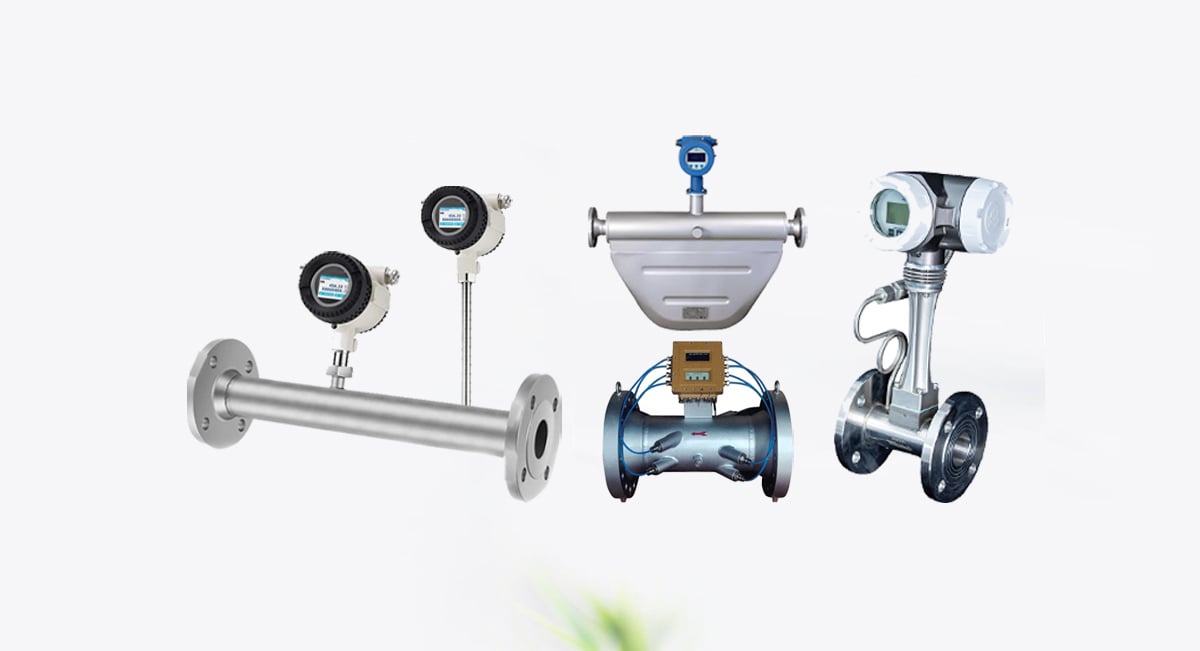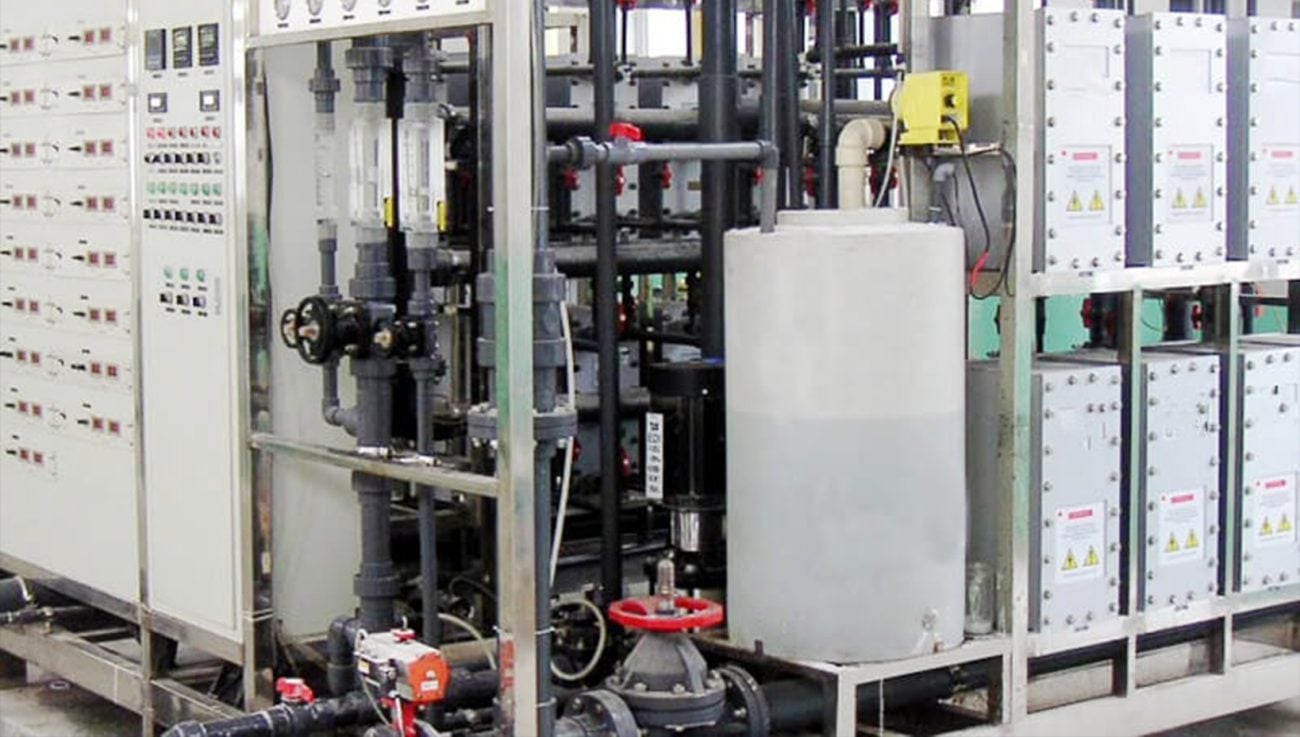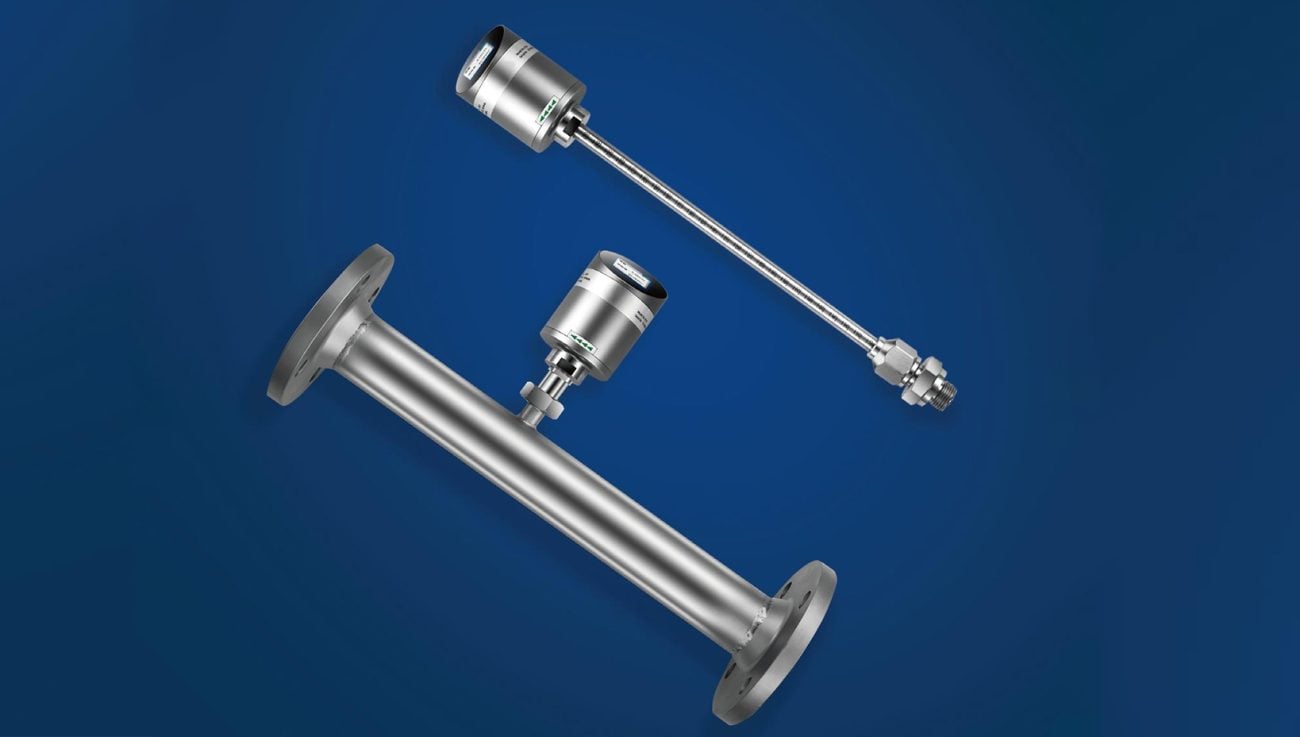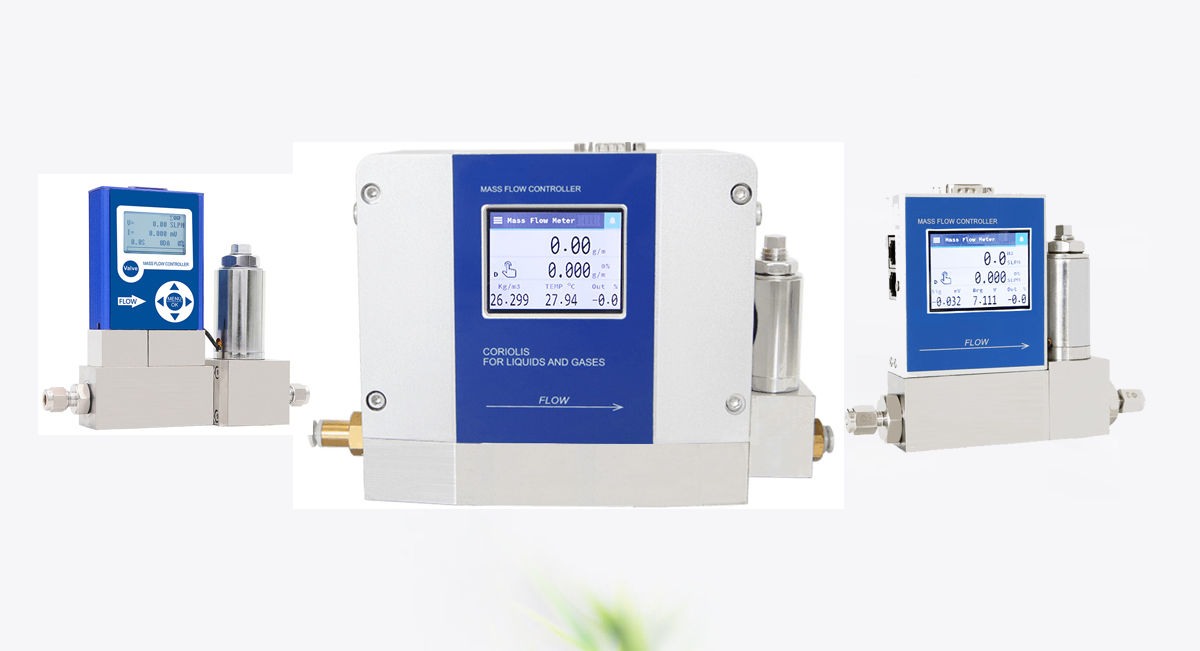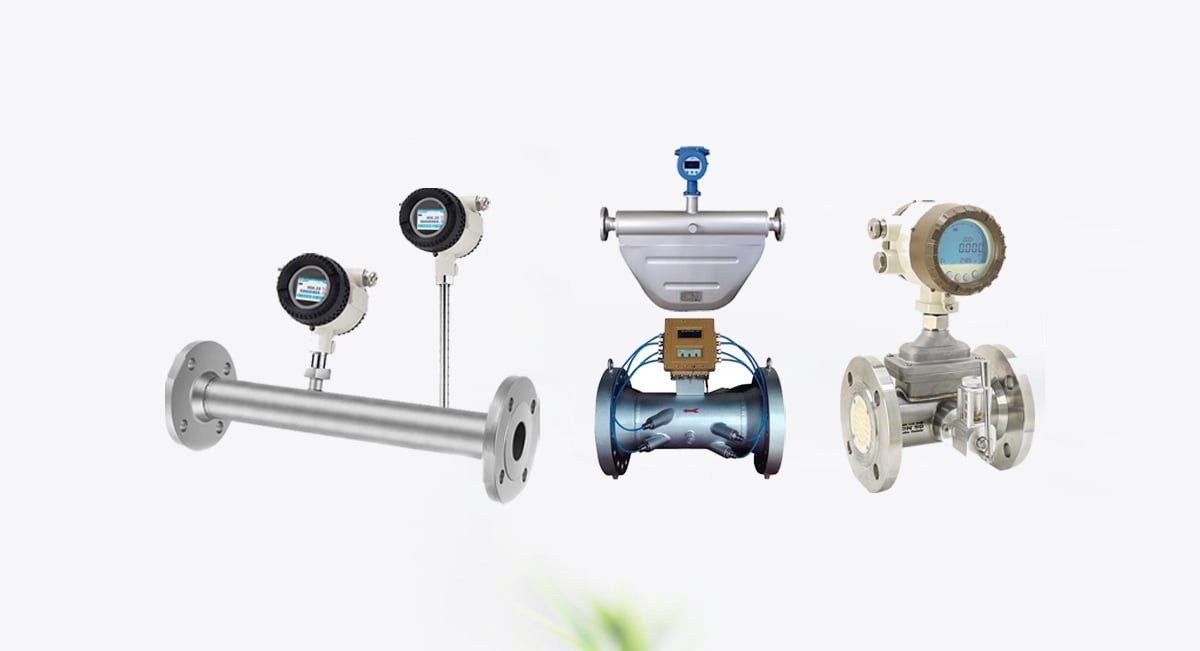Carbon dioxide (CO2) – it’s not just the gas we exhale. This ubiquitous molecule is a critical component in countless industrial, scientific, medical, and environmental processes. From carbonating your favorite soda and preserving packaged foods to enhancing oil recovery, welding metals, and monitoring greenhouse gas emissions, precise control and measurement of CO2 flow is absolutely essential. Enter the CO2 flow meter: the unsung hero ensuring efficiency, safety, quality, and compliance across a vast spectrum of applications. This comprehensive guide explores everything you need to know about CO2 flow meters: what they are, how they work, where they are used, types available, selection criteria, and best practices.
İçindekiler
What is a CO2 Flow Meter?
At its core, a CO2 flow meter is a specialized instrument designed to measure the rate at which carbon dioxide moves past a specific point within a pipe, tube, or system. It quantifies this flow, providing critical data that operators and control systems use to:
- Regulate Processes: Ensure the correct amount of CO2 is added (e.g., carbonation, pH control, blanketing).
- Monitor Consumption: Track usage for cost allocation, leak detection, and efficiency improvements.
- Maintain Safety: Prevent over-pressurization, ensure adequate inerting, and monitor ventilation.
- Guarantee Quality: Achieve consistent product characteristics (e.g., bubble size in beverages, weld penetration).
- Ensure Compliance: Meet environmental reporting requirements and safety standards.
- Optimize Efficiency: Minimize waste and energy consumption.
How is CO2 Flow Measured?
Measuring the flow of CO2 involves detecting the movement and quantity of gas molecules within a given system. Flow measurement for CO2, like other fluids, revolves around two primary concepts:
- Volumetric Flow: Measures the hacim of CO2 passing a point per unit time (e.g., liters per minute – LPM, cubic feet per minute – CFM). This is straightforward but has a significant caveat: volume changes with pressure and temperature. A cubic meter of CO2 at high pressure contains vastly more mass than a cubic meter at low pressure.
- Mass Flow: Measures the actual kütle of CO2 passing a point per unit time (e.g., kilograms per hour – kg/h, pounds per minute – lb/min). This is often the most desirable unit because mass is conserved regardless of pressure or temperature changes. For processes where the chemical reaction or physical effect depends on the number of CO2 molecules (mass), not the space they occupy, mass flow is king.
Key Units and Terminology:
- SCFM (Standard Cubic Feet per Minute): Volumetric flow rate referenced to “standard” conditions (typically 60°F or 68°F and 14.7 psia). Allows comparison by correcting for density variations under different operating conditions. Crucial for comparing gas flows.
- ACFM (Actual Cubic Feet per Minute): Volumetric flow rate at the actual process temperature and pressure.
- SLPM (Standard Liters per Minute): Similar to SCFM, but in metric units.
- kg/h, lb/min: Direct mass flow units.
- Reynolds Number (Re): A dimensionless number indicating whether flow is laminar (smooth, predictable) or turbulent (chaotic). Affects the accuracy and suitability of certain meter types.
- Turn-down Ratio: The ratio between the maximum and minimum flow rates a meter can accurately measure. Important for applications with varying flow rates.
Recommended CO2 Flow Meter Types
No single flow meter technology is perfect for every CO2 application. The choice depends heavily on the phase (gas, liquid, supercritical), flow rate, pressure, temperature, required accuracy, budget, and need for mass vs. volume. Here are the top contenders:
1. Thermal Mass Flow Meters (MFM):
- Principle: Measure heat transfer from a heated sensor. The rate of heat loss is proportional to the mass flow rate of the gas molecules passing by. Directly outputs mass flow (e.g., kg/h).
- Pros for CO2 (Gas): Direct mass flow measurement (no T&P sensors needed for gas), excellent low-flow sensitivity, good accuracy and repeatability, wide turndown ratio (often 100:1), relatively low pressure drop, fast response time, cost-effective for gas applications.
- Eksiler: Generally for clean, dry gases only. Moisture or oil can coat sensors and degrade accuracy. Not suitable for liquid or supercritical CO2.
- Best For: Most gaseous CO2 applications, especially where direct mass flow, low flow rates, or cost-effectiveness are priorities.
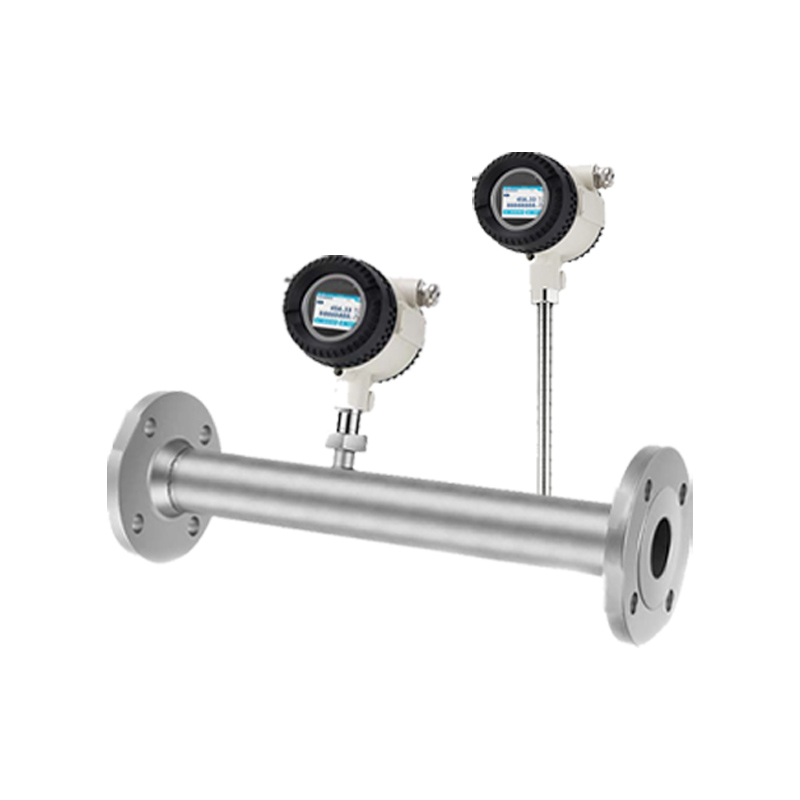
Our Thermal Mass Flow Meter:
- Patlamaya dayanıklılık sınıfı: Ex db IIC T6 Gb / Ex tb IIIC T80°CDb.
- Ultra geniş 1:2500 kısma oranı, ölçüm aralığı 0,1 Nm/s ila 250 Nm/s arasındadır.
- Tam dijital sinyal işleme, daha yüksek doğruluk, uzun vadeli kararlılık.
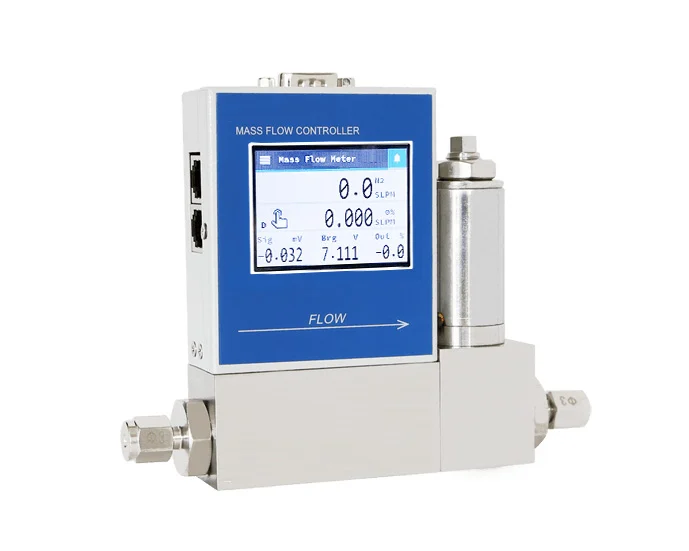
Low Flow Thermal Mass Flow Controller:
- Turn Down Ratio: 50:1 for digital mass flow controller; 100:1 for digital mass flow meter.
- Response Time: mass flow controller<0.2s; mass flow meter <0.1s
- ntegrated PID controller to regulate flow rate
- Directly measuring mass flow rate, automatic temperature compensation
2. Coriolis Mass Flow Meters:
- Principle: Measures the inertia of fluid flowing through oscillating tube(s). The Coriolis force induced causes a phase shift proportional to mass flow. Directly measures mass flow and density. Can also infer temperature.
- Pros for CO2: Unmatched accuracy for mass flow measurement (liquid or gas). Directly measures density. Immune to changes in fluid properties (viscosity, density, conductivity), temperature, pressure profile, and flow profile (requires minimal straight pipe). Measures liquids, gases, and supercritical fluids. No moving parts in contact with fluid (long-term stability). Measures bi-directional flow.
- Eksiler: Highest initial cost. Sensitive to external vibration. Size/weight can be an issue for large line sizes. Cryogenic versions needed for liquid CO2.
- Best For: High-accuracy applications for liquid CO2, supercritical CO2 (EOR, SFE), high-pressure gas CO2, custody transfer, applications needing density measurement, or where fluid properties vary.
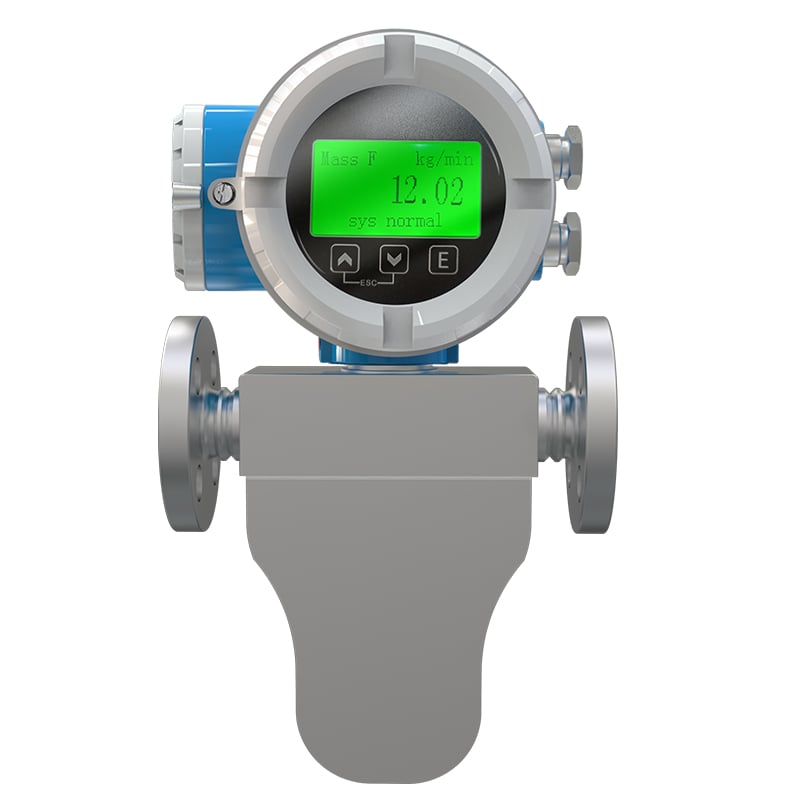
Coriolis Flow Meters for Cryogenic Applications:
- Designed for cryogenic melia with temperatures down to -200°C / -328°F
- 0,1 %'ye kadar yüksek doğruluk, İyi güvenilirlik
- Hareketli parça yok, bakım gerektirmez
- İyi sıfır kararlılık ve anti-parazit performansı

Low Flow Coriolis Mass Flow Controller:
- High precision, good repeatability. Liquids: ± 0.25%; Gases: ± 0.5%
- High reliability and stability, capable of withstanding extreme environmental conditions
- Can measure high viscosity fluid and high density gas
3. Vortex Shedding Flow Meters:
- Principle: A bluff body (shedder bar) in the flow stream causes vortices to alternately detach downstream at a frequency proportional to the volumetric flow rate. Detects the vortex frequency.
- Artıları: No moving parts in contact with fluid, good durability, wide range of sizes, suitable for liquids and gases, moderate pressure drop.
- Eksiler: Measures volumetric flow only. Requires T&P Compensation for mass flow/SCFM. Accuracy can be affected by low flow rates (below Re ~20,000), viscosity changes (liquid), vibration, and flow profile disturbances. Requires sufficient straight pipe upstream/downstream. Not ideal for very low flow rates.
- Best For: Clean liquid or gas CO2 applications with sufficient flow velocity and where thermal or Coriolis meters are not suitable due to cost or size. Common in utility CO2 lines.
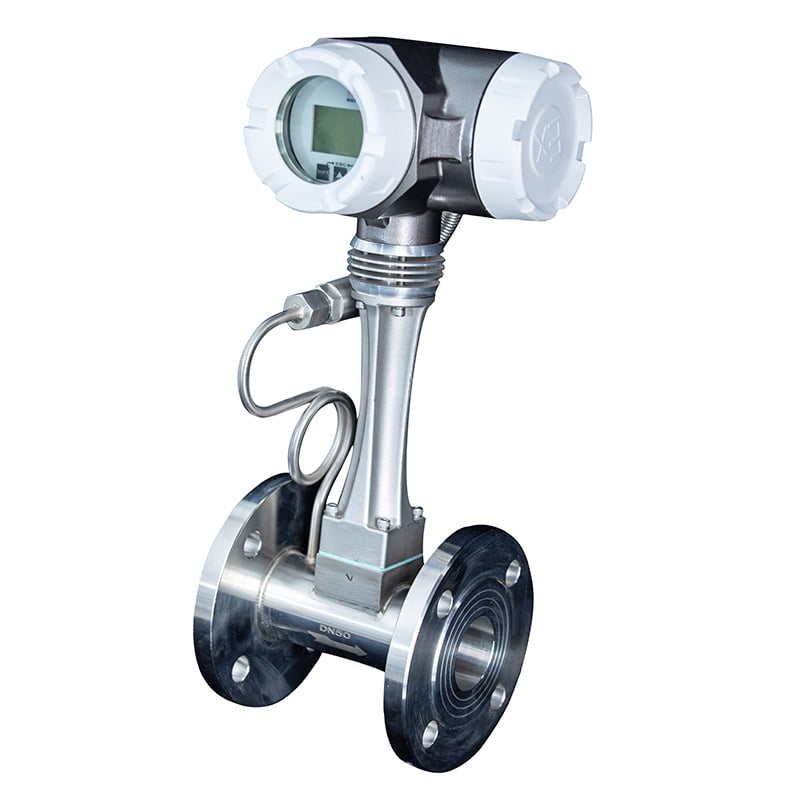
Vortex Flow Meter:
- Turn Down Ratio: 30:1
- Suitable for liquids and gases.
- With temperature and press compensation.
4. Differential Pressure (DP) Meters:
- Principle: A primary element (e.g., orifice plate) creates a constriction, generating a pressure drop (ΔP) proportional to the square of the flow rate (volumetric). Requires T&P sensors and flow calculation.
- Artıları: Well-established technology, relatively low cost for the primary element, wide range of sizes/materials available, no moving parts, can handle high temps/pressures.
- Eksiler: Measures volumetric flow only. Critical Need for T&P Compensation: Requires highly accurate, integrated temperature and pressure measurement and sophisticated flow computation using real-time density calculations for CO2 to get mass flow or SCFM. Accuracy heavily dependent on correct installation (straight pipe requirements), calibration, and the accuracy of the T&P sensors. Limited turndown ratio (typically 3:1 or 4:1). Permanent pressure loss impacts energy costs. Potential for clogging (orifice plates).
- Best For: Large pipe sizes (gas or liquid), high-pressure/temperature applications where cost is a major factor ve robust T&P compensation and flow computation are implemented. Common in industrial gas supply lines or EOR where other meters are impractical.
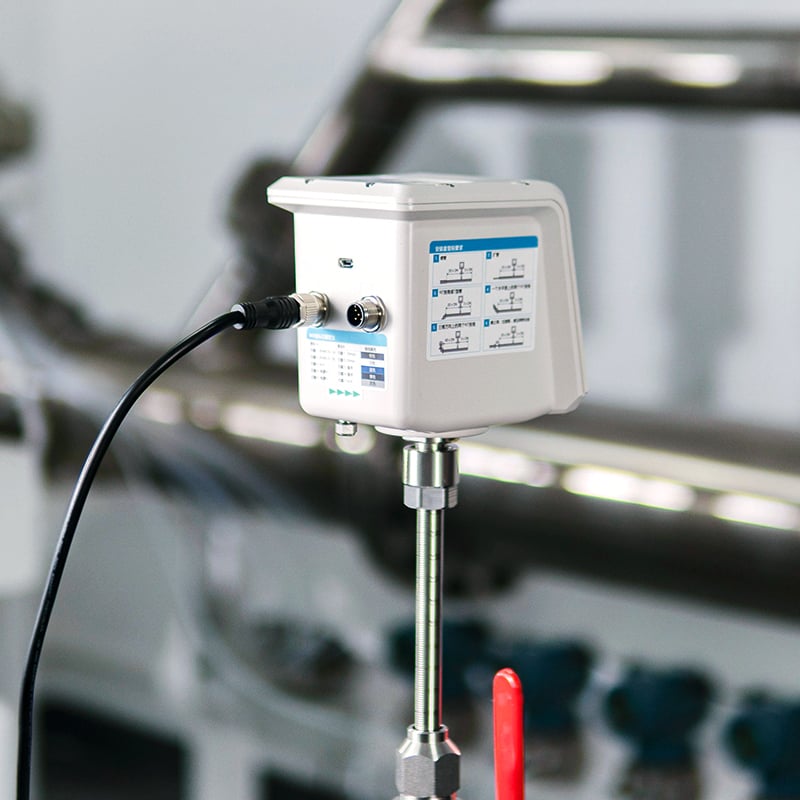
Pitot Tube Gas Flow Meter:
- 1:60 geniş kısma oranı
- Çift yönlü akış ölçümü
- Kirli ve ıslak havanın ölçümüne uygulanabilir
- Online gaz basıncı ve sıcaklığını izlemek için basınç ve sıcaklık sensörlerini entegre eder
5. Ultrasonic Flow Meters (Transit-Time):
- Principle: Measures the difference in time for an ultrasonic signal to travel with vs. against the flow. This time difference is proportional to the average flow velocity, used to calculate volumetric flow.
- Artıları: No moving parts, no pressure drop, clamp-on versions non-intrusive, suitable for large pipe sizes, bi-directional measurement, good for clean liquids.
- Eksiler: Measures volumetric flow only. Requires T&P Compensation for mass flow/SCFM. Accuracy highly dependent on knowing the speed of sound in the fluid, which changes with composition, temperature, and pressure. Requires full pipes. Performance can degrade with entrained gas (in liquids) or liquids (in gases). Clamp-on accuracy is generally lower than inline. Can be expensive.
- Best For: Large diameter liquid CO2 pipelines (especially clamp-on for temporary measurement or verification), custody transfer (with sufficient compensation), applications where no pressure drop is critical.
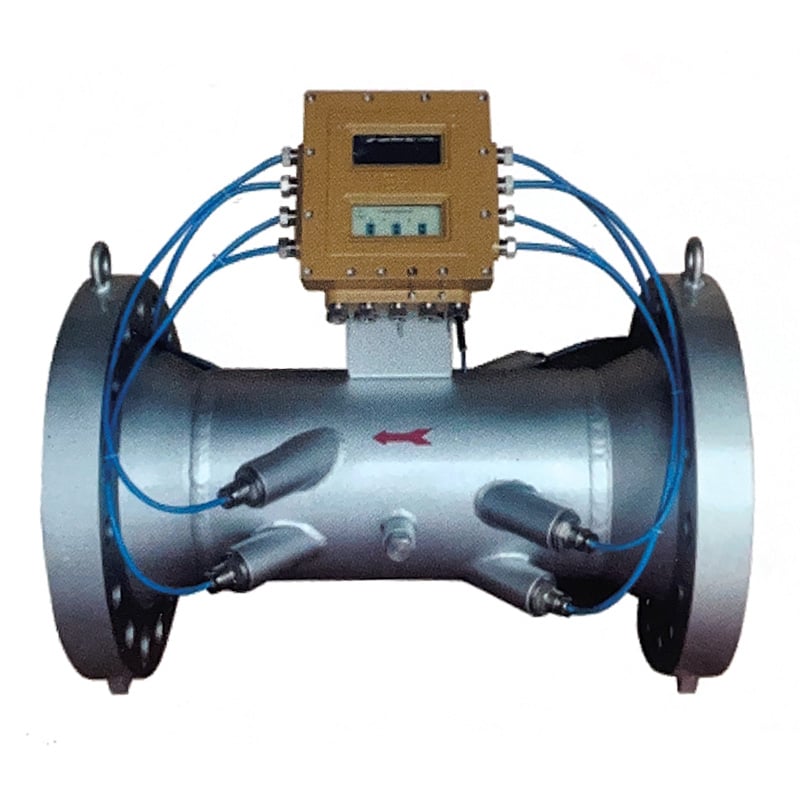
Ultrasonic Gas Flow Meter:
- Çift yönlü yetenek
- 0,5%'ye kadar gaz için yüksek doğruluk
- Hareketli parça yok, basınç kaybı yok, hat tıkanıklığı yok
- Ölçüm gaz özelliklerinden etkilenmez
- Geniş kısma oranı
Applications of CO2 Flow Meters
CO2 flow meters play a crucial role in various sectors, including:
- Beverage Carbonation: The iconic use. Precise mass flow control of CO2 gas into water, beer, or soft drinks under pressure is critical for achieving consistent fizz (carbonation level) and taste. Accuracy directly impacts product quality and production costs. (Common Meters: Thermal Mass, Coriolis).
- Food Processing & Packaging:
- Modified Atmosphere Packaging (MAP): Replacing air in food packaging with CO2 (often mixed with N2) to inhibit microbial growth and extend shelf life. Precise flow control ensures the correct gas mixture.
- Freezing/Cooling: Using liquid CO2 or dry ice for rapid chilling/freezing (cryogenic freezing). Flow measurement monitors consumption.
- Grain Silo Inerting: Using CO2 to displace oxygen and prevent dust explosions or pest infestation. Safety-critical flow monitoring. (Common Meters: Thermal Mass, Vortex, DP with T&P).
- Welding (MIG/MAG): CO2, pure or mixed (e.g., C25 – 75% Ar/25% CO2), is a common shielding gas protecting the weld pool from atmospheric contamination. Consistent flow ensures weld quality and penetration. (Common Meters: Variable Area, Thermal Mass).
- Su Arıtma: CO2 is used for pH control (neutralization) in wastewater and drinking water treatment plants. Accurate dosing is essential for process efficiency and chemical savings. (Common Meters: Thermal Mass, Magnetic – if conductive liquid).
- Greenhouses & Controlled Environment Agriculture (CEA): CO2 enrichment (typically 800-1200 ppm) significantly boosts plant growth. Precise flow control systems maintain optimal levels. (Common Meters: Thermal Mass).
- Fire Suppression Systems: High-pressure CO2 is an effective clean agent for extinguishing fires in sensitive areas (e.g., server rooms, archives). Flow measurement can be part of system monitoring and leak detection. (Safety systems have strict codes; meters must be approved).
- Oil & Gas (Enhanced Oil Recovery – EOR): Supercritical CO2 is injected into depleted oil reservoirs to reduce viscosity and force out residual oil. Precise, high-pressure, high-flow mass measurement is critical for reservoir management and accounting. (Common Meters: Coriolis, Ultrasonic).
- Medical & Laboratories:
- Insufflation: CO2 is used laparoscopically to inflate body cavities for surgery. Precise, sterile flow control is vital for patient safety.
- Respiratory Therapy: Calibration gas mixtures, lung function testing.
- Incubators: CO2 control for cell culture growth.
- Analytical Instruments: Calibration, carrier gas. (Common Meters: Precision Thermal Mass, Coriolis).
- Chemical & Pharmaceutical Manufacturing: Used as a reactant, pH adjuster, or in supercritical fluid extraction (SFE) for purification. Requires precise dosing. (Common Meters: Coriolis, Thermal Mass – depends on phase).
- Environmental Monitoring: Measuring CO2 emissions from stacks or monitoring atmospheric concentrations. Often requires highly sensitive analyzers, but flow measurement ensures sampled gas volume is known. (Common Meters: Thermal Mass for sample lines, specialized analyzers).
- Cryogenic Applications: Handling liquid CO2 (-69.9°F / -56.6°C at 60.4 psig) for freezing, transport, or storage. Flow meters must withstand extreme cold. (Common Meters: Coriolis – specifically designed for cryo).
Factors to Consider When Choosing a CO2 Flow Meter
Selecting the right CO2 flow meter depends on a variety of technical and operational factors. Consider the following when evaluating options:
- Fluid Phase (Gas, Liquid, Supercritical): This is the first filter. Thermal meters are gas-only. Coriolis handles all but is best for liquid/SC. DP/Vortex/Ultrasonic can handle liquid or gas but need compensation. Ensure the meter is rated for your phase.
- Flow Range (Min & Max): What are your expected operating flows? Ensure the meter’s range (and turndown ratio) comfortably covers them, especially the minimum flow if it’s critical. Don’t oversize significantly.
- Required Accuracy: What level of precision is needed? Is it for rough indication, process control, or custody transfer (requiring highest accuracy)? Balance accuracy needs with budget. Remember stated accuracy is often at calibrated conditions.
- Mass Flow vs. Volumetric Flow: Do you fundamentally need to know mass (kg/h) or volume (ACFM/SCFM)? If mass is critical, direct mass flow meters (Thermal for gas, Coriolis) simplify things immensely. If volume is acceptable or SCFM is sufficient, volumetric meters with robust compensation can work.
- Pressure & Temperature Ranges: Specify the operating ve maximum P&T. Meters must be rated to withstand these safely. High-pressure liquid CO2 needs robust construction. Temperature affects material choices and sensor performance. Remember P&T define density!
- Basınç Düşüşü: Can your system tolerate a significant pressure loss? Coriolis and Orifice plates have relatively high ΔP; Thermal and Ultrasonic have low ΔP. High ΔP wastes energy and can cause unwanted phase changes (e.g., liquid flashing to gas).
- Material Compatibility: Wetted materials (seals, tubes, sensors) must be compatible with CO2. Common choices: Stainless Steel (304, 316), Hastelloy, Viton/Kalrez seals. Beware of carbonic acid corrosion if moisture is present – specify dry gas or use resistant materials.
- Output & Connectivity: What outputs do you need? (4-20mA analog, pulse/frequency, digital protocols like Modbus, HART, Foundation Fieldbus, Profibus, Ethernet/IP). Do you need local display? Remote monitoring/control integration?
- Power Supply: What power is available? (24VDC loop power common, 110/220VAC, battery).
- Kurulum Gereksinimleri: Available straight pipe lengths upstream/downstream? (Coriolis needs little; DP/Vortex need significant runs). Orientation (Vertical/Horizontal)? Space constraints? Access for maintenance? Weight? Environmental conditions (hazardous area certification needed?).
- Maintenance & Calibration: What is the expected maintenance schedule? How easy is it to clean or service? How often does it need calibration? Can it be calibrated in-situ or must it be removed? What is the calibration cost? Thermal sensors can drift if contaminated; DP plates can erode.
- Cost: Consider total cost of ownership (TCO): Initial purchase price, installation cost, calibration costs, maintenance costs, cost of downtime, and energy costs due to pressure drop. The cheapest meter upfront might be the most expensive long-term.
- Safety & Compliance: Does the application have specific safety standards (e.g., fire suppression, ASME B31.3 for piping)? Are hazardous area certifications (ATEX, IECEx, FM, CSA) required for the installation environment? Ensure the meter meets all regulations.
Installation and Maintenance Best Practices
- Follow Manufacturer Instructions: Always adhere to the specific installation guidelines (orientation, mounting, grounding, wiring, pipe runs).
- Proper Piping: Ensure pipes are clean, correctly sized, and supported. Respect upstream/downstream straight pipe requirements. Use flow conditioners if necessary and space allows.
- Filtration: Install appropriate filters (particulate, coalescing for oil/water) upstream of the meter to protect it from contamination. Change filters regularly.
- Leak Testing: Pressure test the entire system, including the meter assembly, before introducing CO2.
- Start-Up: Gradually introduce flow; avoid sudden pressure surges. Purge lines thoroughly.
- Routine Checks: Monitor readings for unexpected changes indicating potential issues (drift, clogging, leaks). Verify T&P readings if applicable.
- Scheduled Maintenance: Perform cleaning, inspection, and calibration according to the manufacturer’s schedule and your process criticality. Keep detailed records.
Interested in choosing the best CO2 flow meter for your application? Contact us today to get tailored recommendations and product support.

